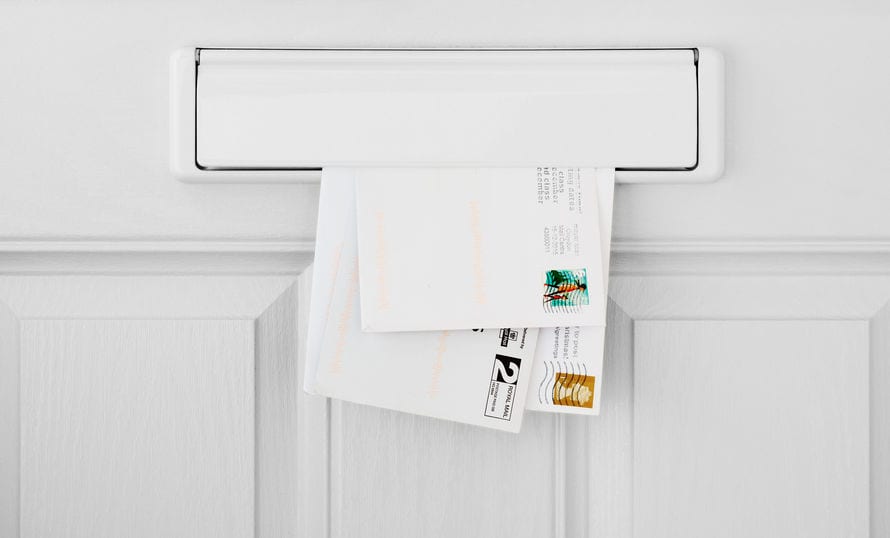Each year, the IRS sends millions of different tax-related notices. One of these is a CP30 notice, which is sent by the IRS when your expected tax refund has been reduced due to a penalty for not withholding or paying estimated taxes.
This can be because taxes withheld or estimated taxes paid were less than the amount you owe, or your tax payments are late.
When Does the IRS Send an Adjusted Refund Letter?
There is no specific timeframe for when the IRS sends an adjusted refund letter, however, it will be mailed once you file your return, or you miss a tax payment or estimated payment deadline. You will not receive a CP30 letter unless you have a balance due, or there is an adjustment to your refund amount.
The IRS is required to send a notice if there are any adjustments to your tax balance and to also give you at least 60 days to respond or dispute the change.
How Much Tax Do I Need Withheld or Have to Prepay for Estimated Taxes to Avoid a Penalty?
The amount of tax you owe depends on your income. Taxes are usually withheld when you receive taxable income or are paid as estimated tax payments. To avoid tax penalties, you will need to properly estimate the amount of tax that needs to be withheld or that you prepay.
If you received a CP30 notice or adjusted refund letter and do not know how much to withhold, use the IRS tax withholding estimator at https://irs.gov/individuals/tax-withholding-estimator to approximate your withholding amount.
You will need pay stubs for all jobs, any additional income information, and your most recent tax return.
The IRS tax estimator is a useful tool because it allows you to estimate your federal income tax and choose a withholding amount that works for you and your financial situation.
If you are self-employed or earn income that does not have taxes automatically withheld, like dividends and interest, you’ll want to use the IRS estimated tax worksheet found in Form 1040-ES to calculate how much tax to prepay.
When are Estimated Tax Payments Due If I’m Required to Make Them?
Estimated taxes are paid four times in 12 months. The quarterly due dates are April 15, June 15 and September 15 of the current year, as well as January 15 of the following year.
However, when your payments become late, you may receive special instructions and different payment deadlines from the IRS.
Can I Ask the IRS to Remove or Reduce a CP30 Notice Penalty?
Yes, it is possible to request a reduction or removal of a tax penalty when you receive a CP30 notice. Common examples are if you retired in the last two years or if you underpaid due to unexpected circumstances, such as an injury or natural disaster.
Penalties can also be removed directly by an IRS agent; however, this will require a written request and proof of payment. If you are looking to reduce or remove your CP30 tax penalty, it is important for you to submit a request before the deadline in your IRS adjusted refund letter.
What Is Form 2210?
Form 2210 can help you reduce or completely eliminate your tax penalty. With this form you can determine how much tax you underpaid and whether you owe a penalty.
If you do not owe, use a 2210 form to request a waiver of your tax penalty.
What Is Schedule AI?
Schedule AI, or Annualized Income Installment Method, is a part of Form 2210. Schedule AI simply adds all previous tax payments together in order to arrive at the amount you currently owe.
Note that you must complete the underpayment penalty section of the Q&A first in order to use Schedule AI.
Need more help? You can start online by answering 6 simple questions. You can also call us at 866-568-4593.
6 Simple Questions. Free Evaluation.
Join our Newsletter
Enter your email address to join our free newsletter. Get all the latest news and updates.

